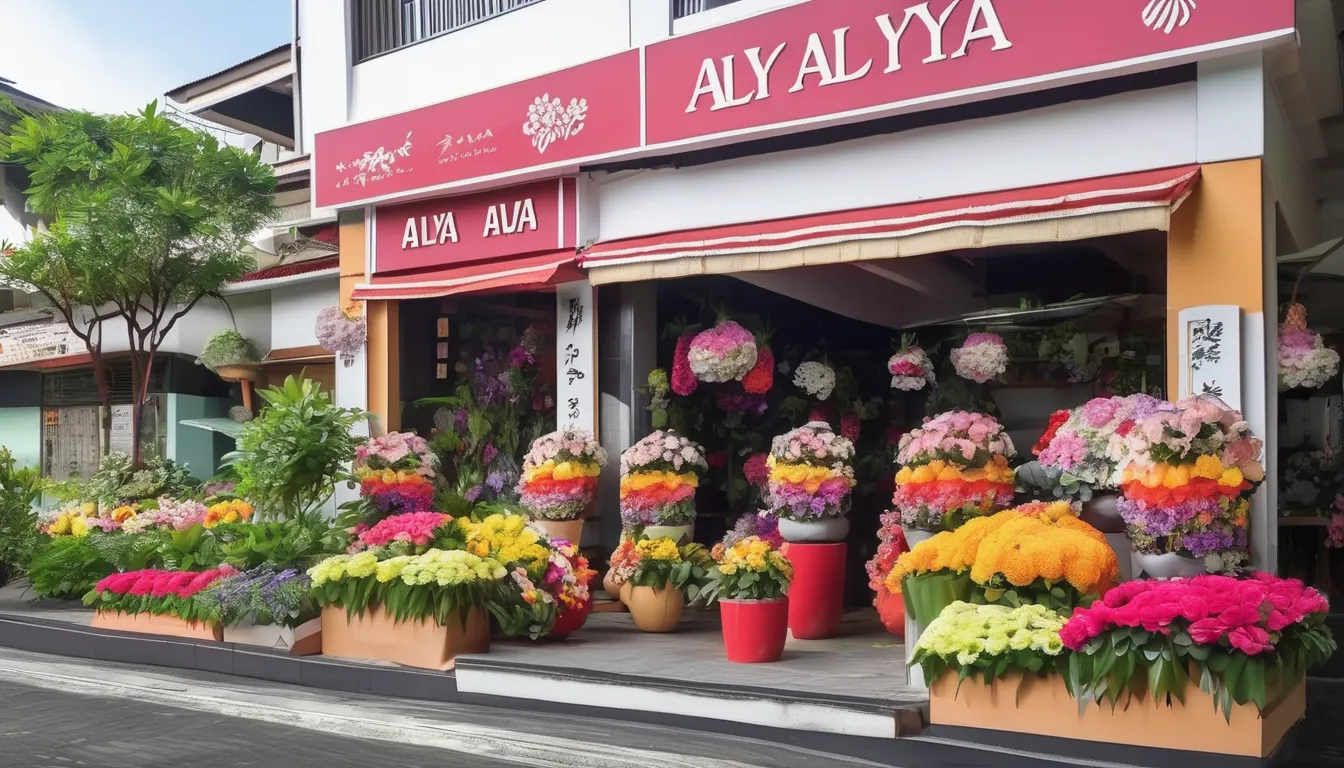As a modern florist, you might be considering how your practices impact the environment. Sourcing local flowers not only ensures freshness but also supports your community and reduces carbon footprints. You’ve probably thought about packaging, too—what if you could use materials that are both beautiful and biodegradable? By adopting eco-friendly floral design techniques and engaging with your customers on sustainability, you can make a significant difference. But what specific steps can you take to integrate these practices into your daily operations? Let’s explore the possibilities.
Sourcing Local Flowers
Sourcing local flowers can significantly reduce your environmental impact while supporting nearby farmers. When you choose to buy from local growers, you’re cutting down on transportation emissions, which not only helps the planet but also ensures your blooms are fresher and more vibrant.
You’ll find that flowers grown in your area adapt better to the local climate, resulting in healthier plants that require fewer chemicals.
Additionally, local sourcing allows you to build relationships with growers. You can learn about their farming practices, ensuring they align with your eco-friendly values.
Plus, it’s a great way to support your community and contribute to the local economy. As you seek out local farms, consider visiting them to understand their operations.
This firsthand experience can inspire your floral designs and enhance your connection to the products you offer.
Sustainable Packaging Solutions
As you focus on sourcing local flowers, it’s important to consider how you package them. Sustainable packaging not only reflects your commitment to eco-friendliness but also enhances your brand’s appeal.
Here are some effective solutions to consider:
- Biodegradable materials: Use packaging made from materials like cornstarch, paper, or bamboo. These break down naturally and won’t contribute to landfill waste.
- Recyclable options: Choose packaging that can easily be recycled. Simple cardboard boxes or paper wraps can make a big difference and encourage your customers to recycle.
- Reusable containers: Offer your floral arrangements in containers that customers can reuse, like mason jars or decorative tins. This adds value and promotes sustainability.
- Minimal packaging: Embrace the “less is more” approach. By reducing excess packaging, you not only save on materials but also create a more direct connection between your flowers and their recipients.
Eco-Friendly Floral Design Techniques
When it comes to creating stunning floral arrangements, employing eco-friendly design techniques can make a significant impact. Start by sourcing local, seasonal flowers. This not only reduces carbon emissions from transportation but also ensures that you’re using blooms at their peak freshness.
When selecting materials, opt for biodegradable or recyclable elements, like natural twine or wooden containers, instead of plastic. Incorporating dried and preserved flowers is another excellent option. These materials add unique textures and colors while minimizing waste, as they last longer than fresh blooms.
When arranging, use foam alternatives like chicken wire or natural moss to support your flowers. These options allow for better drainage and are more environmentally friendly.
Lastly, consider the overall aesthetic of your design. Embrace a more organic style by allowing flowers to grow in a natural direction, creating a relaxed look that highlights their beauty.
Water Conservation Practices
To conserve water in your floral business, start by implementing efficient watering techniques. This not only helps the environment but also reduces your operating costs.
Here are some effective practices you can adopt:
- Use Drip Irrigation: This system delivers water directly to the plant roots, minimizing waste and evaporation. It’s a smart investment Toko Bunga any florist.
- Collect Rainwater: Set up barrels to capture rainwater. This natural resource can efficiently water your plants and reduce your reliance on municipal sources.
- Monitor Soil Moisture: Use moisture sensors to check when your plants truly need watering. This prevents overwatering and ensures your plants get just what they need.
- Reuse Water: Collect leftover water from your floral arrangements to hydrate new blooms. This practice not only conserves water but also enhances sustainability.
Education and Community Engagement
Engaging with your community and educating customers about eco-friendly practices can significantly enhance your floral business’s sustainability efforts. Start by hosting workshops that focus on sustainable flower care, arrangement techniques, and composting. This hands-on approach not only builds your reputation as an expert but also fosters a sense of community.
Consider partnering with local schools or organizations to create educational programs. You could offer to teach kids about the importance of pollinators and native plants, helping to instill eco-conscious values in the next generation.
Use social media to share tips on sustainable floral choices, such as selecting local blooms or using biodegradable packaging.
Encourage your customers to share their own eco-friendly practices by creating a hashtag for your shop. This builds a sense of belonging and promotes your initiatives organically.
Don’t underestimate the power of transparency. Share your sustainability journey and the challenges you face. When customers see your genuine commitment, they’re more likely to support your business.
Conclusion
By embracing sustainable blooms, you’re not just creating beautiful arrangements; you’re making a positive impact on the environment. Sourcing local flowers, using eco-friendly packaging, and adopting water conservation techniques all contribute to a greener future. Plus, engaging your community through workshops fosters awareness and appreciation for nature. Together, you can inspire others to choose sustainability in their floral choices, creating a ripple effect that nurtures both the planet and your business. Let’s bloom responsibly!


